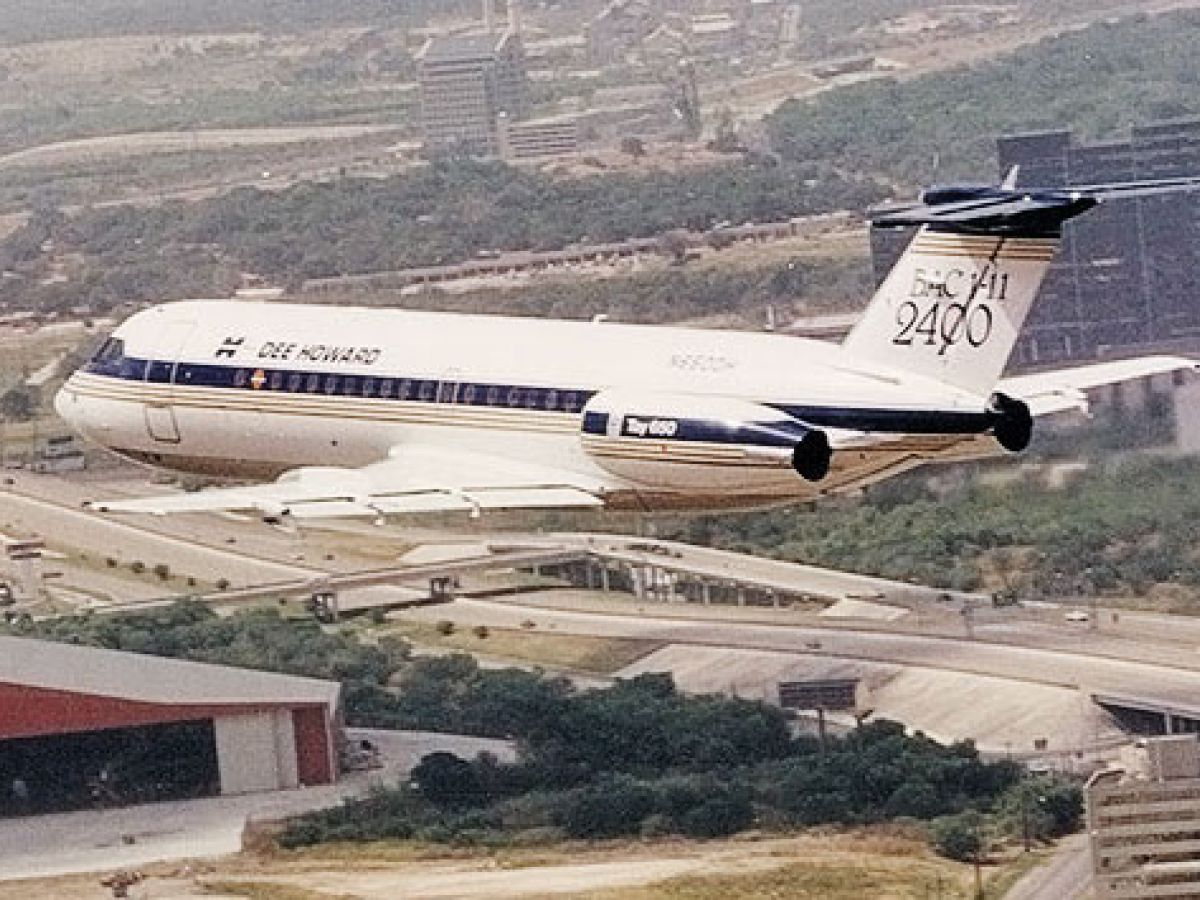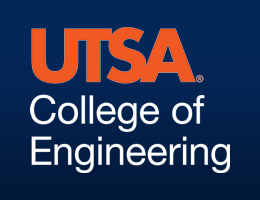
DHC BAC1-11 Re-Engine Program: Why did Dee Do It?
In the mid-1980s The Dee Howard Co. (DHC) had successfully launched its wide body Head of State program and had certified and was manufacturing and selling the Howard/Fage state of the art cold flow thrust reverser (TR).
Dee was always thinking about new business opportunities for DHC. He was told by OEM aircraft manufacturers when marketing the cold flow TR that, rather than purchasing the engine, nacelles, and TR from three different sources, they would prefer to purchase all three from one source, i.e., the engine manufacturer who could deliver the engines, nacelles and TR as one unit.
Dee saw this as both a threat to his ability to sell the cold flow TR and as an opportunity. So Dee decided to add a new DHC product line, i.e. the manufacture and sale of nacelles as well as TRs.
The next question for Dee was what was the best strategy for DHC to enter the nacelle market. There were already other well established companies in the market and it would be difficult for DHC to just start competing with those companies head to head without a proven product.
During this same time frame, the Federal Aviation Administration (FAA) and other similar regulatory bodies in other countries began responding to community pressure and implementing noise regulations that would become effective in stages over time. If the aircraft did not meet the noise regulation in force in the future, it was effectively grounded because it was restricted to the airports it could fly into or take off from.
Dee thought of a re-engine program as a way to launch a new nacelle product line for DHC to be sold with the Howard/Fage state of the art cold flow TR.
Dee also believed that other work for DHC would flow from the re-engine program, e.g., the re-engine itself, the manufacture and sale of TRs and nacelles, maintenance and other work on the aircraft being re-engined when it was in the hangar, and avionics upgrades to glass cockpits, although Dee wanted to design the re-engine program so the customer would not be required to upgrade to a glass cockpit unless they wanted to do so.
The next question for Dee was what aircraft to focus on as the launch aircraft for the BAC1-11 Re-engine Program. Several things came together:
- Several of Dee’s customers owned BAC1-11-400 series aircraft which they used as corporate aircraft, there were also some BAC1-11 400 and 500 series being used by airlines(primarily in the UK, Europe and Asia) for regular scheduled service as well as charter operations;
- The BAC 1-11 operators loved the aircraft and told Dee that they would be ready to re-engine them to keep them in service instead of being required to buy new aircraft;
- There were hush kits available for BAC 1-11s but they would not be Stage III noise compliant and there was a degradation of aircraft performance with them installed
- The engine on the BAC1-11 was the Rolls Royce (RR) Spey engine and Rolls had developed a modern engine, the Tay, which powered the new Gulfstream aircraft and a higher thrust version of the Tay had been developed for the Fokker 100 which was about the same size as the BAC1-11.
So Dee had now identified the aircraft to launch his re-engine program, the BAC 1-11, if he could put in place all of the elements of the deal with prospective customers, Rolls Royce, and British Aerospace (BAE) whose predecessor, British Aircraft Corporation (BAC) was the original manufacturer of the aircraft.
But we will save that part of the story for future blogs…
Related Posts
At the heart of Aerospace: San Antonio, TX
Dee Howard: What’s Stopping You?
Edward “Ed” James Swearingen – One of San Antonio’s Aviation Legends
San Antonio Aviation and Aerospace History
The Dee Howard Co. Beginnings
“Aerospace engineering is an area of rapid growth and tremendous importance to both governmental and private industry sectors.”
